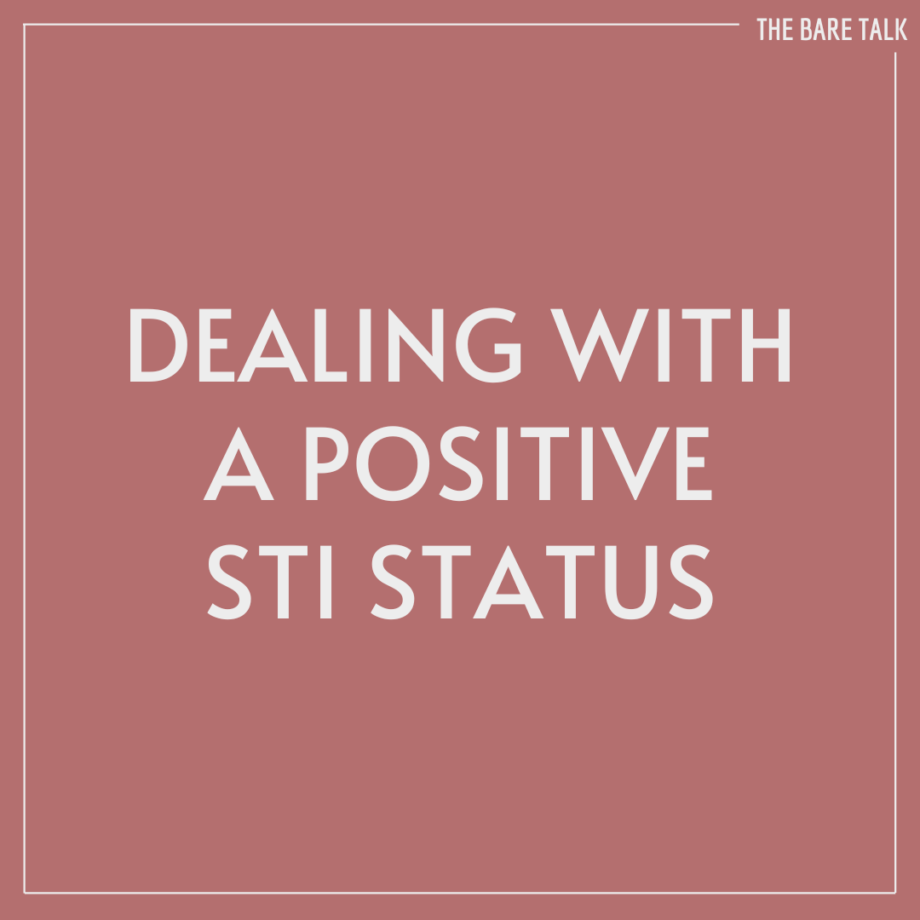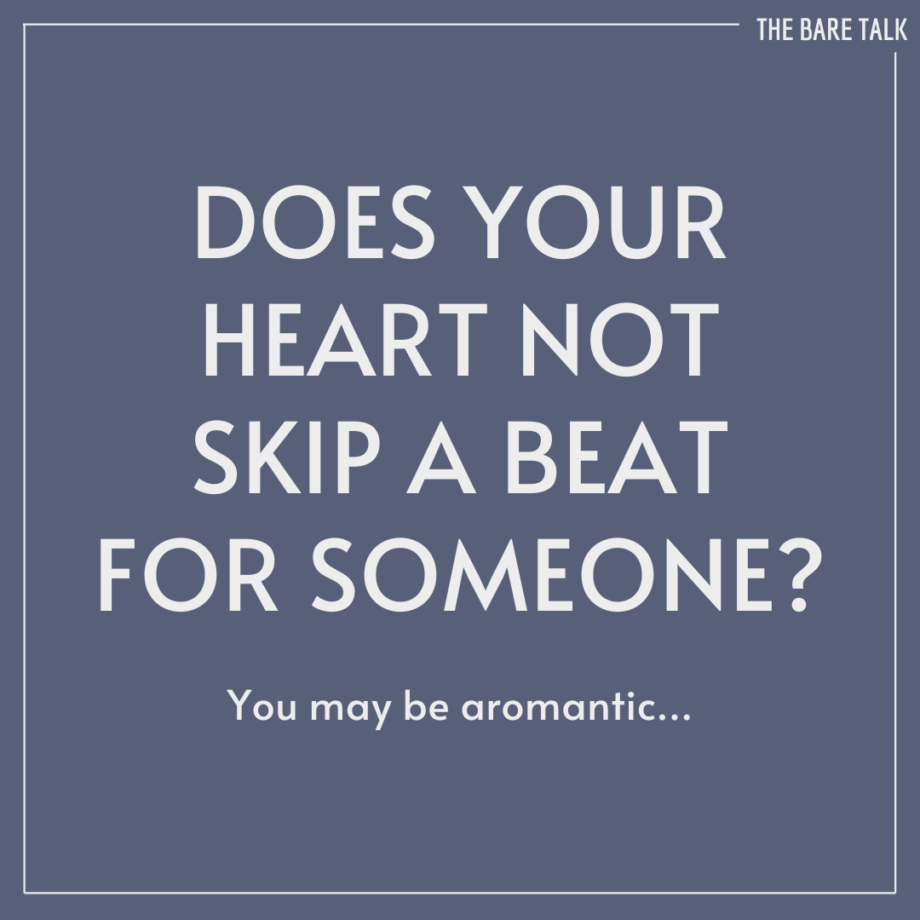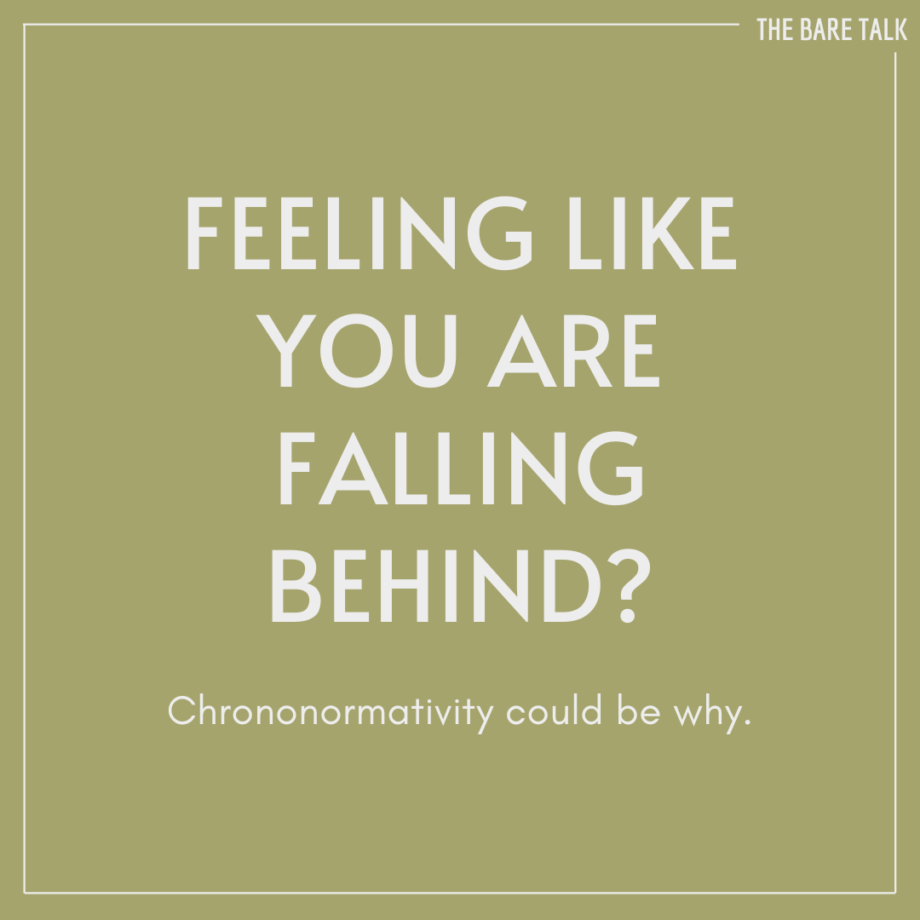Social Anxiety Disorder (SAD), also known as Social Phobia, is one such form of anxiety. It is associated with unusual anxiousness in social situations & it may often be confused with shyness. While shyness is associated with temporary nervousness at the beginning of an interaction, SAD goes beyond this as it is a fear of social settings which then negatively affects a person’s daily activities.
People suffering from social anxiety are afraid of negative judgement from others, which often results in them feeling inferior &/or inadequate. They may also experience depression & feelings of embarrassment, humiliation, as well as self-consciousness.
Due to this, people with social anxiety often stress about others seeing them visibly anxious or being seen as boring, stupid, or awkward. Ultimately, avoiding social interactions, if they can. Most people might also be aware that their fear is illogical, however, they may still feel helpless & are usually unable to overcome it on their own.
Individuals may feel anxious in situations like making a presentation/speech, going a party, being the centre of attention, meeting new people, using the telephone, expressing one’s opinion, eating in public, and many more.
SAD can manifest in children as young as 10, but may remain undetected.
Types
Social Anxiety can be either General or Specific.
-
General Social Anxiety involves the being anxious in all types of social situations.
-
Specific Social Anxiety, on the other hand, has more in common with phobias, as the fear is restricted to a particular situation, for example, speaking in public
Symptoms
The symptoms of social anxiety may be physiological, behavioural or emotional.
-
Physical symptoms may include Rapid heart rate, sweating profusely, nausea, blushing, shaky voice, heavy breathing, trembling, dizziness, urge to escape, absence of thoughts (mind blanking) and even panic attacks.
-
Behavioural symptoms may include avoiding all social interactions or may trying to escape from ones they are in. Individual may have unending negative thoughts & self-doubt. They may also avoid eye contact, keep quiet & attempt to deflect attention from others.
-
Emotional symptoms may include excessive self-consciousness, intense worrying, extreme fear of being watched or judged, fear of humiliation &/or embarrassment, fear of others noticing your nervousness, etc.
Causes
There are many probable reasons for the onset of SAD including genetics, environment, circumstantial situations, or trauma. It is also believed that susceptibility increases when there have been previous instances of bullying or humiliation. Continuous stress may act as a possible trigger for the onset (Devgan, 2018).
Helpful Tips
Some things one can do on their own to manage social anxiety are as follows:
-
Reach out to people you’re comfortable with or join a local or internet-based support group.
-
Slow breathing technique: Normally, a person’s breathing rate increases when they are feeling anxious. Thus, slowing down your breath may alleviate feelings of anxiousness & focus your mind. Begin to practice it when you are feeling relaxed, then implement the technique when anxious.
-
Practice for social situations that you feel anxious about. Begin with small steps in conditions which are not overwhelming. Some examples include eating in a public place with a family member, making eye contact, saying hello first, give a compliment to someone, or call a friend to make plans.
-
Instead of avoiding social interactions all together, prepare to face anxiety-inducing situations, which will build coping skills. Such practice may entail preparing for a conversation beforehand, setting realistic goals, and practicing stress management methods. Pay attention to scenarios where you might feel embarrassed. You may find that many of these scenarios do not actually happen. When the embarrassing moment does occur, remind yourself that the embarrassment is temporary and that you will be able to handle it.
Treatment
There is no replacing therapy &/or medication when it comes to the treatment of social anxiety. Cognitive Behavioural Therapy, social skills training, role-plays, relaxation and anxiety reduction techniques, etc. might be used to ease social anxiety.
If you or someone you know is struggling with social anxiety or social phobia, contact a psychologist immediately.
For further information, you can check out the links below.
Social Anxiety Institute
Anxiety and Depression Association of America
Generalized social anxiety disorder: A still‐neglected anxiety disorder 3 decades since Liebowitz’s review
Social Anxiety Disorder : Help Guide



